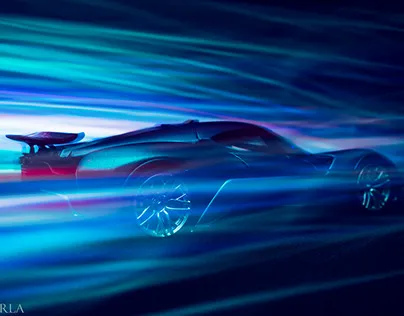Diecast Car Fun Top 7 Facts!
Diecast cars have captivated enthusiasts of all ages for generations, representing a unique blend of artistry, engineering, and nostalgia. These miniature marvels offer a tangible connection to automotive history and a rewarding hobby for those who appreciate the finer details. This article dives into seven fascinating facts about diecast cars, exploring their evolution, the passion behind collecting, and the value these miniature vehicles hold. From the history to the mechanics, we will uncover the world of diecast cars. Prepare to be amazed by the detail and charm of these tiny treasures, each telling a story of innovation and design.
The Allure of Diecast Cars
The appeal of diecast cars is multifaceted, drawing in collectors and enthusiasts from all walks of life. These miniature replicas provide a sense of nostalgia, evoking memories of cherished vehicles and bygone eras. Diecast cars offer a tangible connection to automotive history, preserving iconic designs and technological advancements. The level of detail found in these models is often astonishing, with intricate features like realistic interiors, detailed engines, and accurate paint finishes. Moreover, diecast car collecting fosters a sense of community, with collectors sharing their passion and knowledge through clubs, online forums, and conventions. The hobby satisfies a desire for artistry and precision. These miniature replicas offer an accessible and rewarding way to engage with automotive culture.
The History of Diecast Car
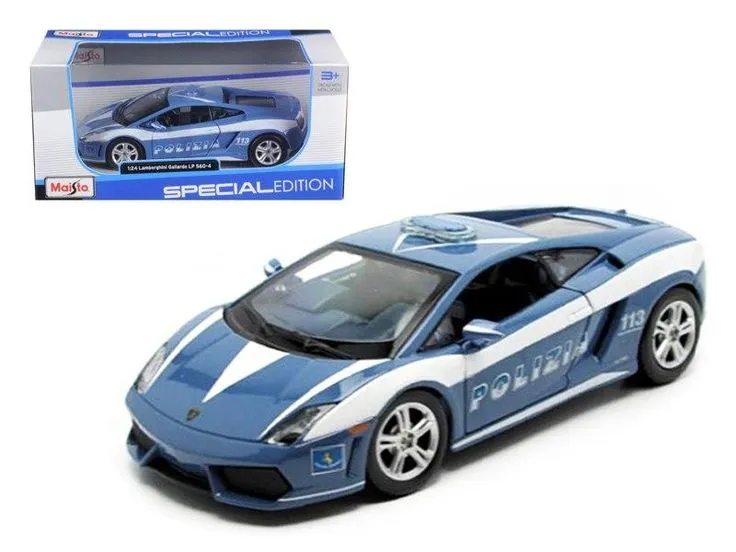
The history of diecast cars stretches back to the early 20th century, evolving from simple toys to highly detailed collectibles. The first diecast models emerged in the 1900s, primarily as promotional items. Early manufacturers utilized lead and tin alloys, which provided a durable and cost-effective material for mass production. The 1930s marked a significant milestone with the introduction of die-casting, a process that allowed for more intricate designs and greater precision. After World War II, diecast car manufacturing flourished, with brands like Dinky Toys and Corgi Toys gaining popularity, producing a wide range of vehicles. As technology improved, so did the realism of these models, with plastic components and more sophisticated paint techniques enhancing their appeal.
Early Development and Materials
Early diecast cars were primarily made from alloys of lead and tin due to their moldability and durability. These materials, while suitable for the time, presented challenges in terms of weight and detail. As the technology advanced, manufacturers began experimenting with different materials to improve the quality and appearance of their models. Zinc alloys, known as Zamak, became a popular choice due to their strength, ability to capture fine details, and suitability for mass production. The use of plastic components, such as windows, interiors, and tires, further enhanced the realism and functionality of the diecast cars. Paint technologies also evolved, allowing for more accurate and vibrant finishes. These early developments laid the foundation for the intricate and highly detailed diecast cars we see today.
Popular Diecast Car Scales
Diecast cars come in various scales, each offering a different level of detail and collectibility. The scale refers to the ratio between the model’s size and the actual vehicle’s dimensions. This allows collectors to build diverse collections representing different vehicles and sizes. Common scales include 1:18, 1:24, 1:43, and 1:64. Larger scales, such as 1:18, offer the greatest detail and are often favored by serious collectors. These models allow for intricate features. Smaller scales, like 1:64, are more affordable and take up less space, making them suitable for beginners. Understanding scales is important for collectors as it ensures the models are displayed in a coherent way. Each scale provides a unique collecting experience, appealing to a wide range of enthusiasts based on their preferences and available space.
What are the Common Scales?
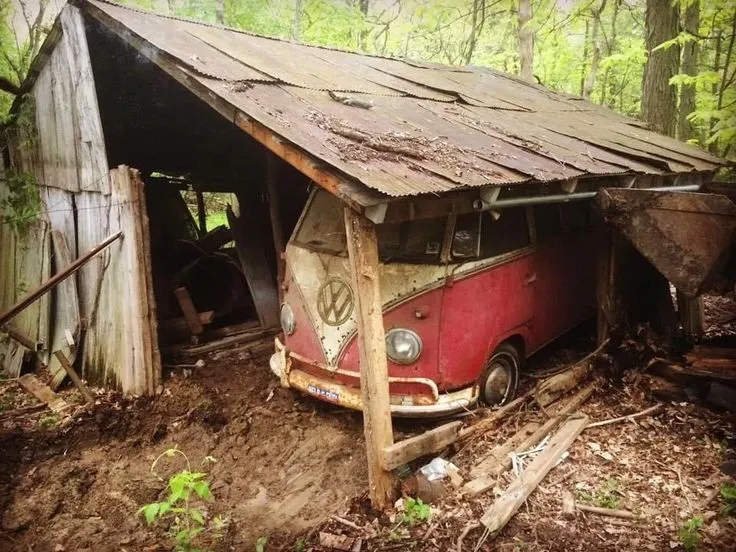
Several scales have become standard in the diecast car world, catering to different collectors’ needs and preferences. The 1:18 scale is a favorite among serious collectors due to its large size, which allows for a high level of detail, intricate engine components, and opening doors and hoods. The 1:24 scale is a popular choice, offering a balance between detail and size. It is a great option for building a diverse collection. The 1:43 scale is a common scale used in many collections, especially for cars from different eras and manufacturers, as they provide a wider selection of models. The 1:64 scale, is popular for its affordability and practicality. Collectors choose these scales based on their budget and the variety of models they wish to acquire.
Scale and Detailing
The level of detail in diecast cars is influenced by the scale, the manufacturing process, and the model’s intended market. Larger scales, such as 1:18, often boast the highest level of detail, with features like working steering, detailed dashboards, and even fabric seatbelts. As the scale decreases, the level of detail typically follows. However, manufacturers continually strive to improve the realism of their models, regardless of scale. Advances in die-casting techniques, painting methods, and the use of plastic components have significantly enhanced detailing. Collectors often look for models with accurate paint finishes, finely crafted emblems, and realistic engine compartments. These details contribute to the overall appeal and collectibility of diecast cars, transforming them from simple toys to miniature works of art.
Diecast Car Collecting and Investment
Diecast car collecting is a rewarding hobby, offering both personal enjoyment and the potential for investment. The value of diecast cars is affected by several factors, including rarity, condition, brand, and historical significance. Rare models, limited-edition releases, and those in pristine condition often command higher prices. Certain brands, such as Hot Wheels, Matchbox, and various high-end manufacturers, are highly sought after by collectors, especially for rare models. Historical significance also plays a role, with models representing iconic vehicles or significant events often increasing in value over time. Collectors often invest in diecast cars, appreciating them as a form of alternative investment. The value of a diecast car is subjective and depends on the market and condition. Collectors invest for their value and history.
Why Collect Diecast Cars?
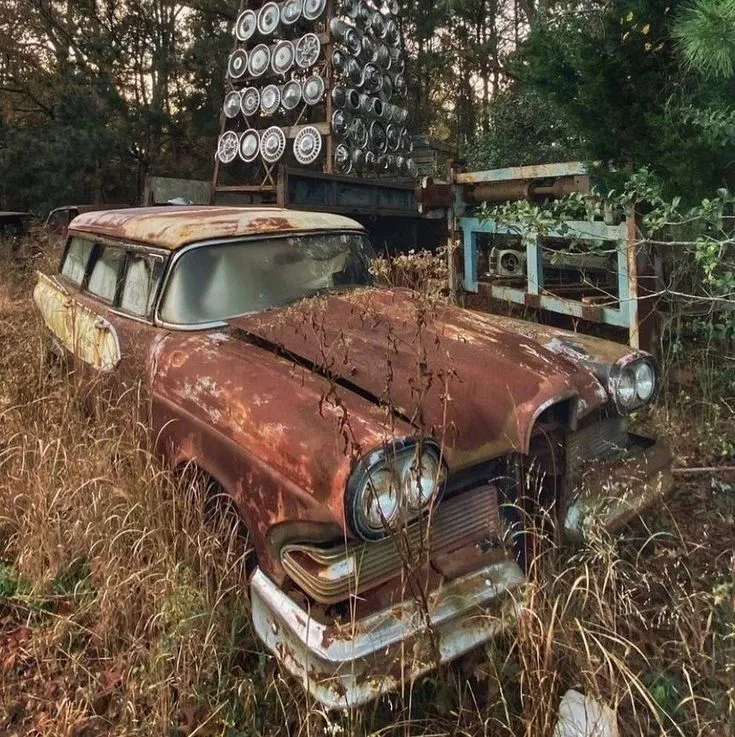
People collect diecast cars for various reasons, including nostalgia, passion for automobiles, and the joy of building a curated collection. The sense of nostalgia comes from the memories associated with specific cars, brands, or eras, creating a sentimental connection. For many, diecast cars are a means of expressing their passion for automobiles. Collecting allows enthusiasts to own miniature replicas of their favorite vehicles, appreciating the engineering, design, and history behind each model. Building a collection also brings a sense of accomplishment and enjoyment. Collectors often derive satisfaction from the hunt for rare models, the acquisition of valuable pieces, and the camaraderie of sharing their hobby with others. Diecast car collecting offers a unique blend of art and automotive appreciation.
The Investment Potential
The investment potential of diecast cars varies greatly, depending on factors like rarity, condition, and market demand. Certain models, particularly limited editions or those produced by established manufacturers, can appreciate significantly over time. The value of a diecast car is often determined by its condition, with models in original packaging and free from damage or wear commanding the highest prices. Rarity plays a key role, with rare releases or those produced in limited quantities often becoming highly sought after by collectors. Historical significance, such as a model representing an iconic vehicle or significant event, can also enhance its value. Collectors should research the market and trends, and consult with experienced collectors or appraisers to assess the potential investment value of diecast cars.
Diecast Car Brands
The diecast car market is populated by a wide range of brands, each offering unique models. Some brands are known for their high-quality, detailed replicas, catering to serious collectors. Others specialize in producing affordable models. Selecting the right brand is an important part of collecting. Popular brands such as Hot Wheels and Matchbox are known for their accessibility. These brands offer a vast selection of models suitable for both children and adults. High-end brands, like Autoart and Minichamps, are known for producing premium models. Their detailed finishes and realistic features appeal to a more serious collector. Each brand has its unique style and target market.
Leading Manufacturers
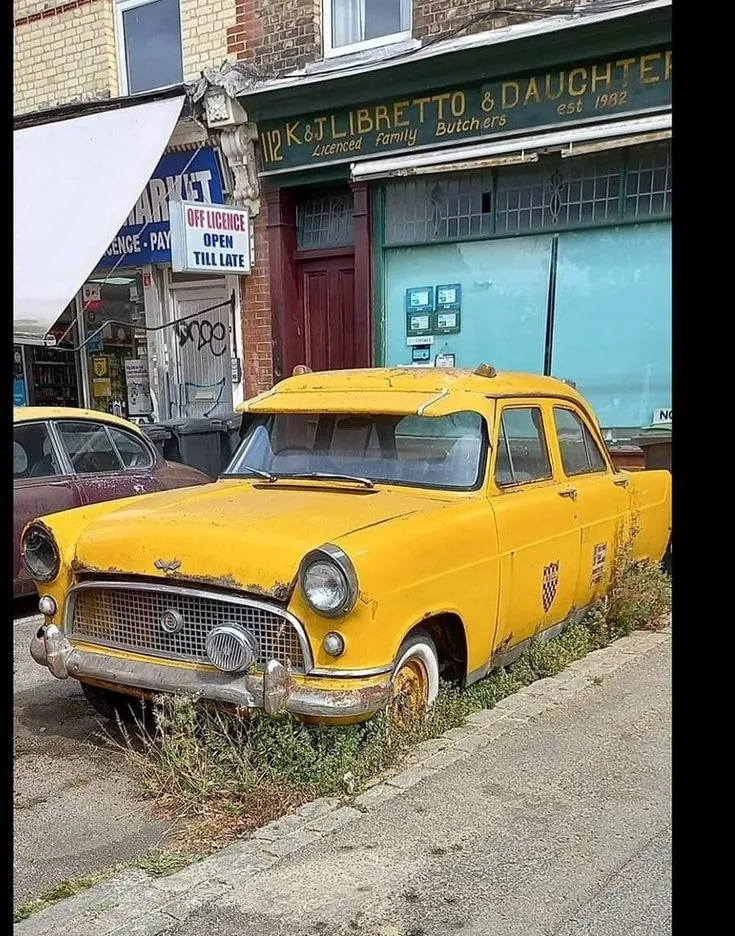
Several manufacturers have earned recognition for producing high-quality diecast cars. Autoart is a leading manufacturer, known for its detailed models and realistic features. Minichamps is another reputable brand, offering a wide range of models with high-quality detailing and accurate paint finishes. Other leading manufacturers include Bburago and Maisto. They provide affordable models suitable for both beginners and experienced collectors. When choosing diecast cars, collectors often consider the brand’s reputation, the quality of its models, and the availability of specific vehicles. Many manufacturers also offer limited-edition releases and collaborations. Collectors should research brands before making a purchase, ensuring the models meet their expectations.
Brands and Collectibility
The collectibility of diecast cars is closely related to the brand that manufactures them. Certain brands are highly sought after by collectors, and their models often appreciate in value over time. Limited-edition releases, models with unique features, or those associated with famous events are often the most collectible. Brands like Hot Wheels and Matchbox are popular for their extensive selection of models and affordable prices. High-end brands, such as Autoart and Minichamps, are favored for their exceptional detail, precision, and high prices. When collecting, it’s important to consider the brand’s reputation, the quality of its models, and the availability of rare versions. Ultimately, the collectibility of a diecast car is a function of the brand, its history, and its perceived value.
Diecast Car Maintenance and Care
Proper maintenance and care are essential for preserving the condition and value of diecast cars. Dust and debris can damage a model, so regular cleaning is important. Collectors should use a soft brush or microfiber cloth to gently remove dust and dirt. Direct sunlight and extreme temperatures can damage paint finishes and other materials, so models should be stored in a cool, dry place away from direct light. It is also important to handle diecast cars with care. Avoid touching the model with bare hands. Consider wearing gloves or holding the model by its base. Keeping a diecast car safe requires diligence.
Protecting Your Collection
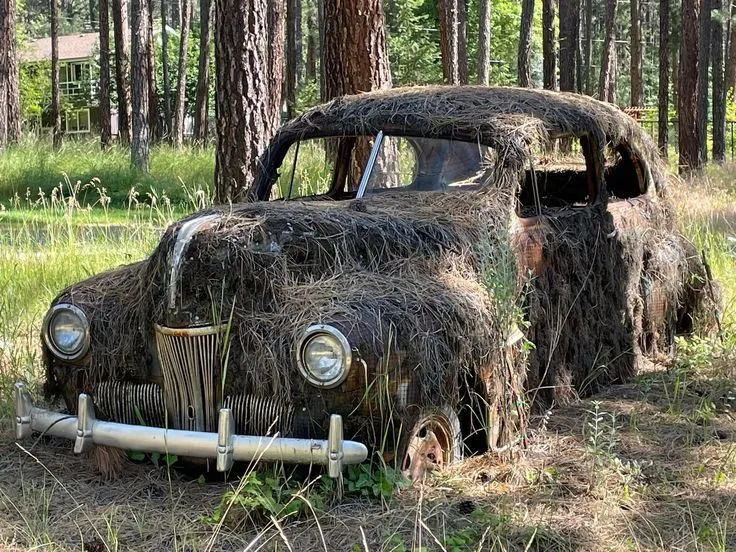
Protecting your diecast car collection involves careful storage and handling. Models should be stored in a location with a stable temperature and humidity. Display cases or protective boxes can help shield the models from dust, sunlight, and accidental damage. Consider using acid-free tissue paper to wrap delicate models. This can prevent scratching. Avoid stacking models on top of each other. Instead, arrange them in a way that minimizes contact. When handling models, be gentle and avoid touching them with your bare hands. Regularly inspect your collection for any signs of damage or deterioration. By taking care of your collection, you will ensure its value.
Storage and Display
The way you store and display your diecast car collection can significantly impact its longevity and visual appeal. Display cases are an excellent option for showcasing your models. They protect the models from dust. Consider cases with UV protection to prevent fading. For storage, use boxes or containers, ensuring they are in a cool, dry place. Avoid storing models in attics or basements. Regularly rotate your collection to prevent prolonged exposure. To display the collection effectively, consider themed arrangements, such as groupings of the same brand. Lighting plays a vital role. Use soft, indirect lighting to highlight the models. Properly storing and displaying diecast cars enhances the enjoyment.
Where to Buy Diecast Cars
Diecast cars can be found through a variety of retailers, both online and offline. Specialty hobby shops, toy stores, and model train stores often have a wide selection of diecast cars from different brands and scales. Major retailers like Amazon and eBay offer a vast range of models, from common releases to rare collectibles. Buying from reputable sources ensures the authenticity of the model. Collectors can also find diecast cars at car shows, swap meets, and conventions. These events are great places to discover rare models and meet other collectors. To purchase a diecast car, compare prices. Consider factors like condition, and authenticity before making a purchase. Consider the seller’s reputation to make sure it is a safe purchase.
Online and Offline Retailers
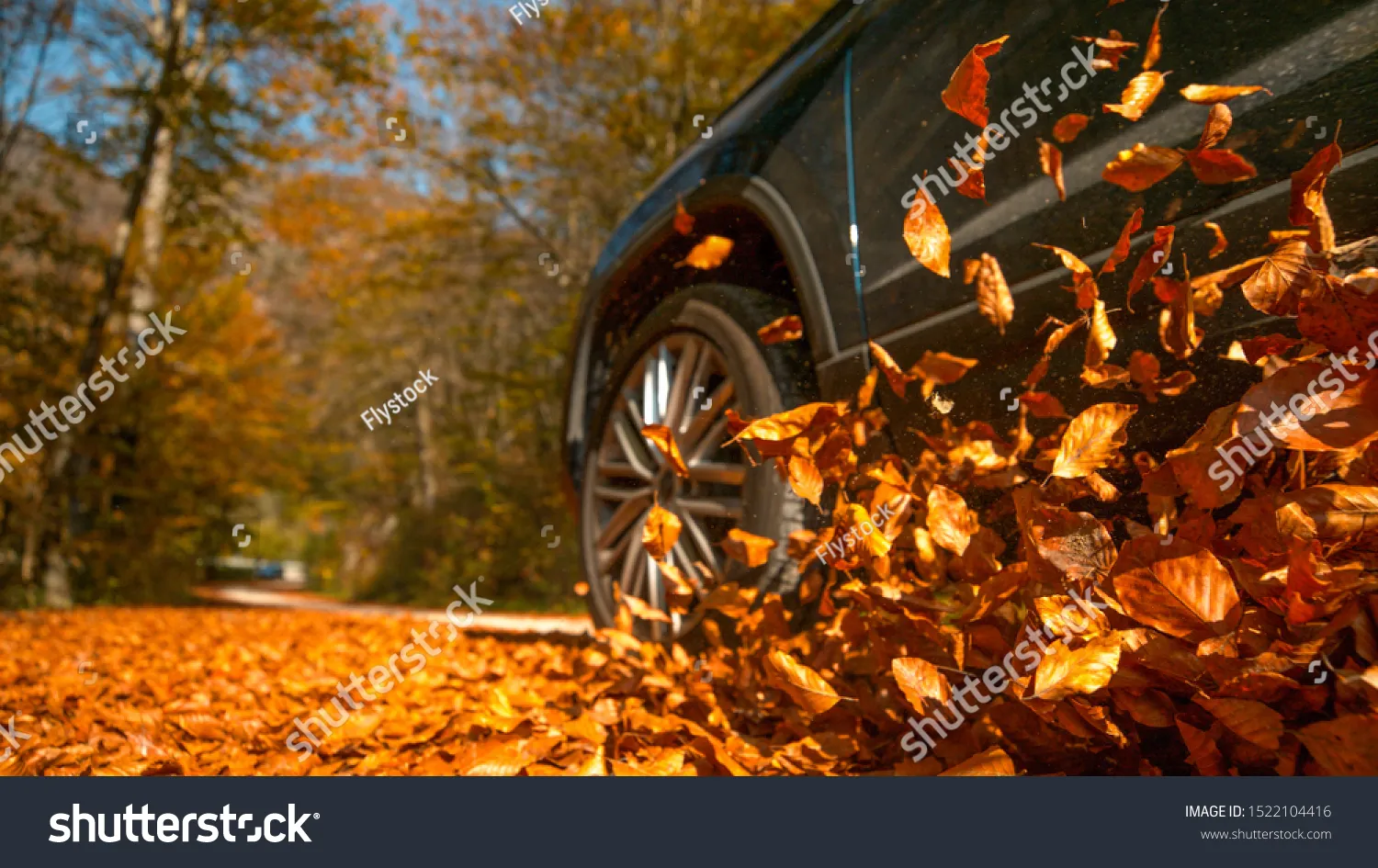
Both online and offline retailers offer their advantages. Online retailers, such as Amazon and eBay, provide convenience. Their wide selection and competitive prices make it easy to find specific models. Local hobby shops allow collectors to inspect the models. The ability to see the model and inspect it is an advantage. Both options have their benefits, allowing collectors to explore the diecast car world in the way that suits them best. Collectors can compare prices. Online stores provide vast selections, while physical stores offer a more immediate purchasing experience. Deciding the best location depends on your preferences.
Finding Rare Models
Finding rare diecast car models can be a thrilling pursuit for any collector. Car shows and conventions often feature vendors selling rare or limited-edition models. Online auction sites, such as eBay, are a good option. Collectors can search for specific models. Joining collecting groups or online forums provides valuable information. Collectors can network with other enthusiasts. They may know of rare models. Staying informed about new releases and limited editions helps collectors to stay ahead. The process of searching for rare models often involves a combination of persistence and knowledge.
In conclusion, diecast cars offer a rewarding hobby that combines artistry, engineering, and nostalgia. From their humble beginnings to the intricate models of today, diecast cars have captivated collectors. Whether for the joy of collecting, appreciation for automotive design, or the investment potential, these miniature vehicles provide a unique and enriching experience. As technology evolves and new models are released, the world of diecast cars will continue to evolve, promising excitement for enthusiasts of all ages. Happy collecting!
